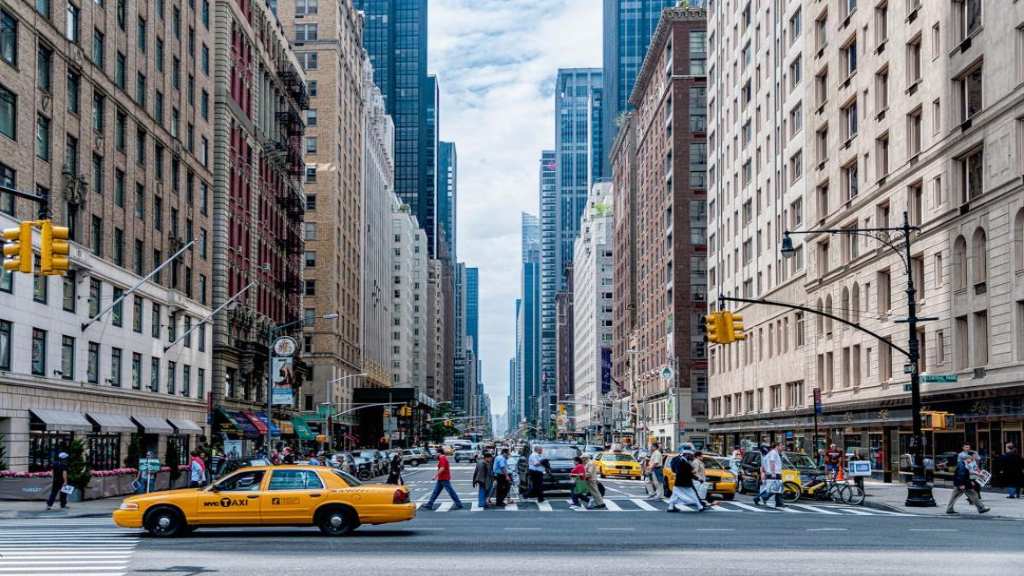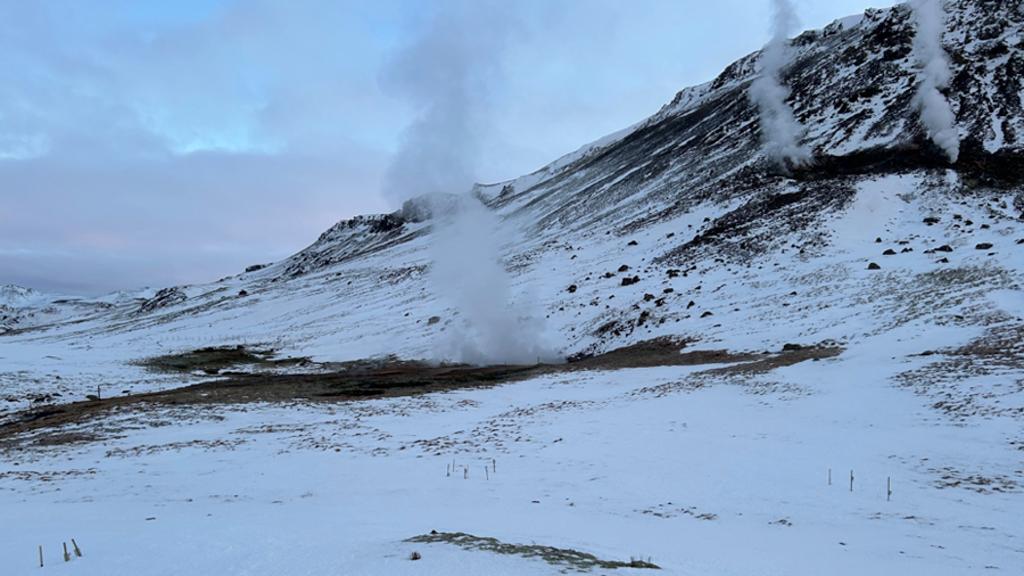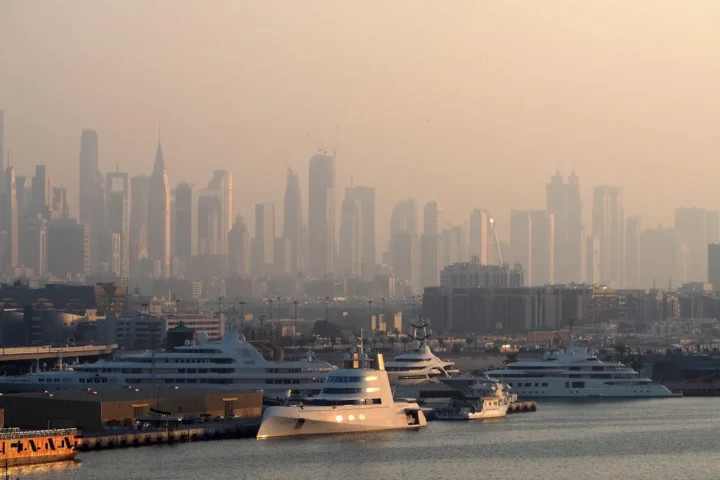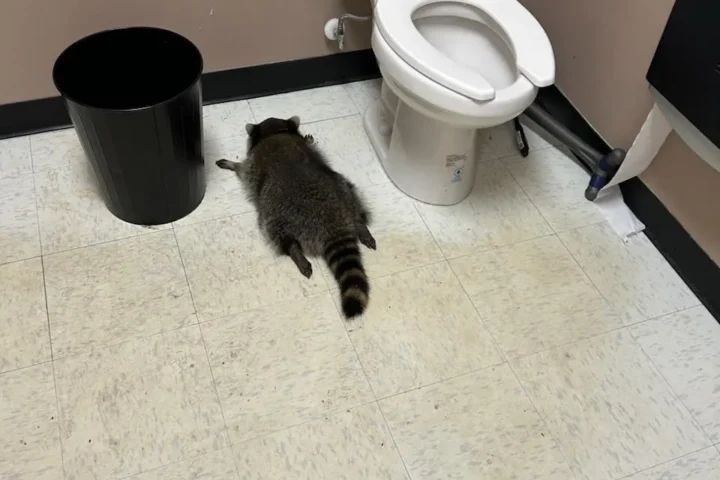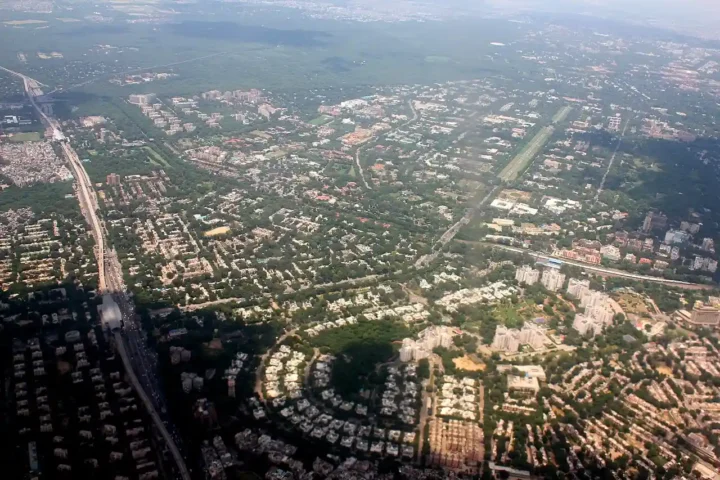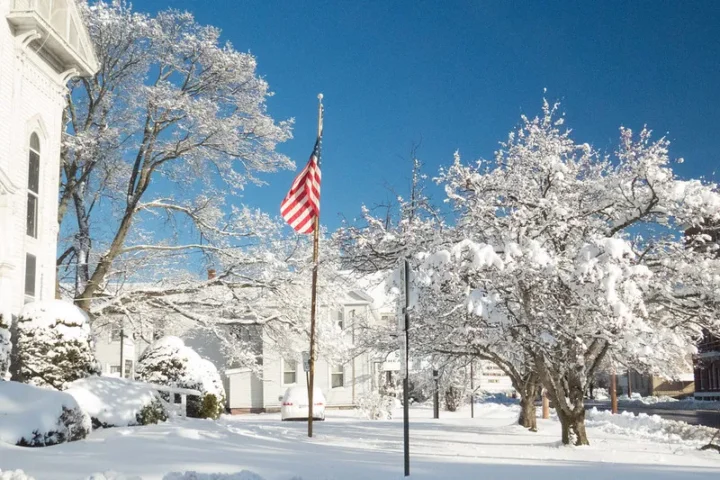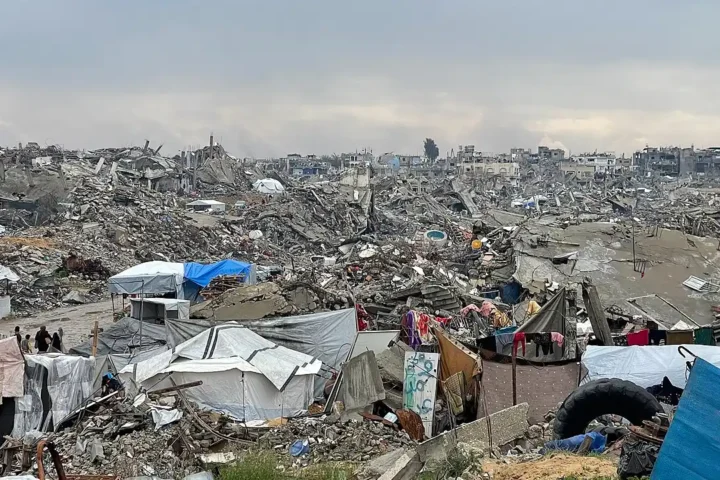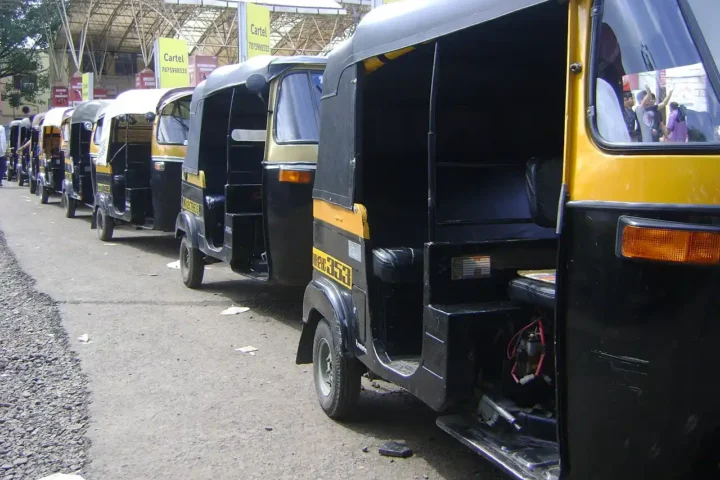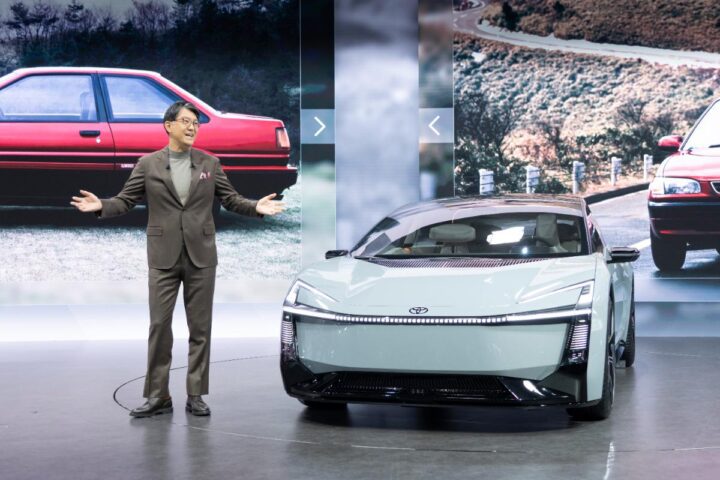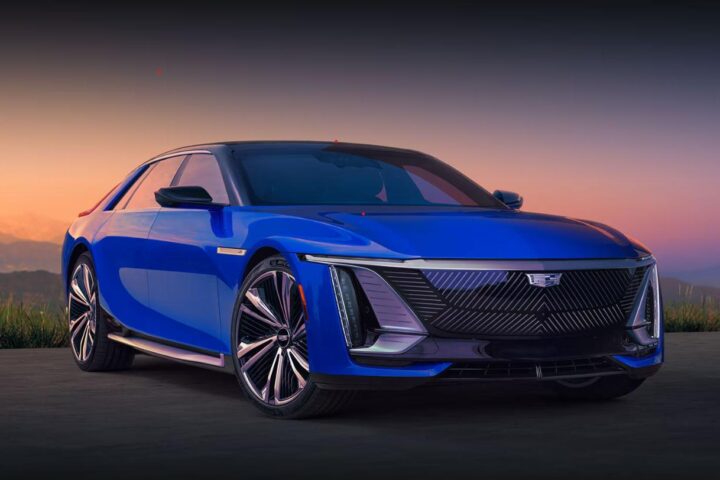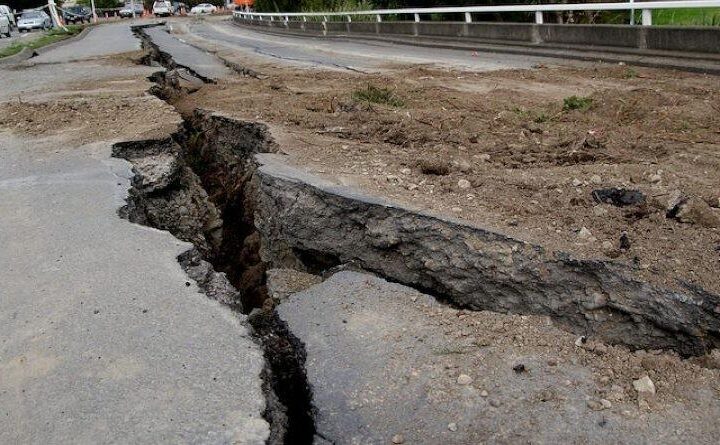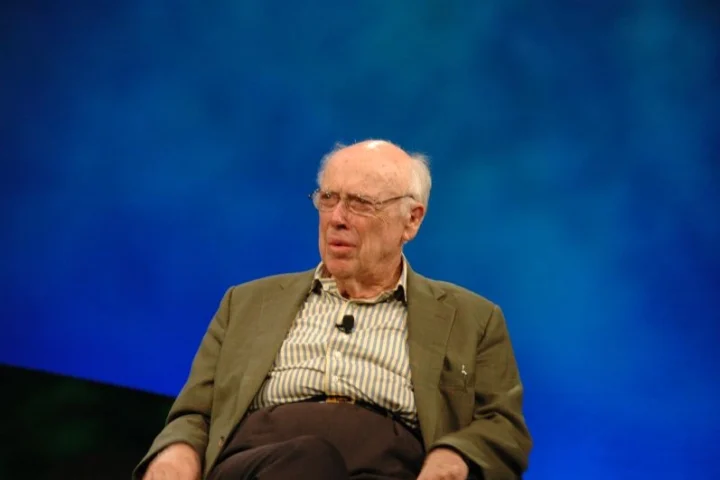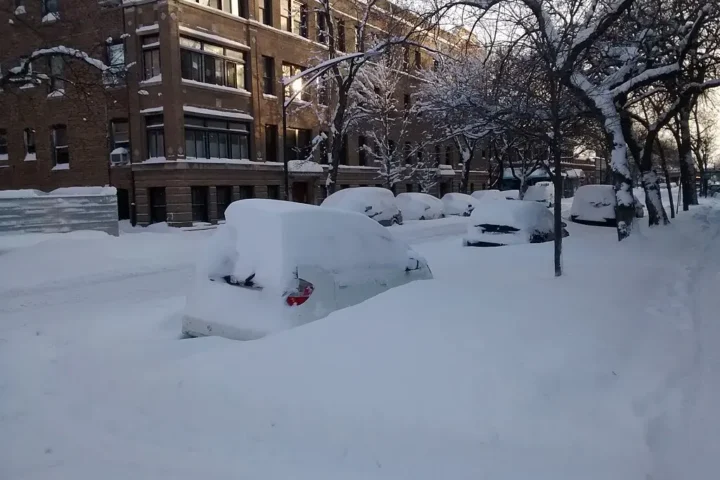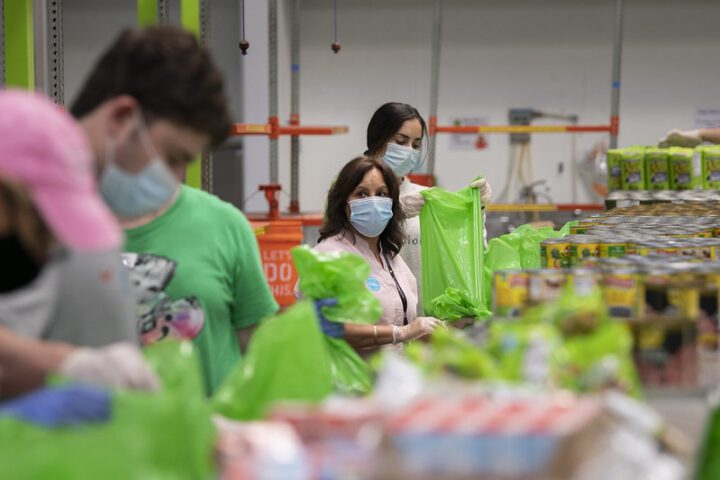New York City’s congestion pricing program hit its six-month milestone in July, with officials celebrating what they call significant successes while some residents remain skeptical about the controversial toll system.
The program, which launched on January 5, 2025, charges vehicles $9 to enter Manhattan below 60th Street. According to data released by Governor Kathy Hochul’s office, traffic within the Congestion Relief Zone (CRZ) has dropped by 11% since implementation, translating to 67,000 fewer vehicles entering the zone daily.
The MTA reports that over 10 million fewer vehicles have entered the zone compared to the previous year. This reduction has led to measurable improvements in traffic flow, with delays down 25% within the CRZ and 9% across the wider metropolitan region.
Some of the most dramatic improvements have been seen at major crossings. At the Holland Tunnel, rush hour delays have plummeted by 65%. Commuters using the Lincoln Tunnel have also benefited, with MTA express buses now traveling almost 24% faster than in 2024.
The program has generated $219 million in net revenue so far in 2025, putting it on track to meet its annual target of $500 million. These funds are earmarked for crucial transit improvements, including new subway cars, signal upgrades, and accessibility enhancements at stations.
Transit ridership has seen notable increases across all MTA systems when comparing January-May 2025 to the same period last year. Subway ridership is up 7%, bus ridership has increased by 12%, and the LIRR and Metro-North railroads have seen gains of 8% and 6% respectively. Access-A-Ride usage has jumped by 21%.
Beyond traffic reduction, officials point to broader quality-of-life improvements. Traffic crashes within the zone are down 14%, with injuries reduced by 15%. Vehicle-related noise complaints to the city’s 311 system have dropped by 45%. A recent report from the city’s Department of Health and Mental Hygiene showed steady or decreasing levels of fine particle air pollution at most monitoring sites.
“Six months in, it’s clear: congestion pricing has been a huge success, making life in New York better,” said Governor Hochul. “Traffic is down throughout the region, business is booming, transit ridership is up, and we are making historic upgrades to our transit system.”
MTA Chair and CEO Janno Lieber echoed these sentiments, saying the program is “achieving all of its goals in terms of traffic reduction, increased travel speeds, safety, noise reduction and more.”
However, public reaction remains mixed. Staten Island Representative Nicole Malliotakis has criticized the program as an “unfair tax” and supported federal efforts to terminate it. The Trump administration has made several attempts to shut down congestion pricing, though New York State has successfully fought these challenges in court.
Many New Yorkers have expressed skepticism about the program’s impact on their daily commutes. Mary Mattucci of Staten Island told reporters, “I personally think it’s a money grab.” Manhattan truck driver David Palermo said he hasn’t noticed significant improvements, stating it still takes “anywhere from an hour to an hour and a half” to travel from the Upper East Side to Houston Street.
Others have reported more positive experiences. Danny Pearlstein, policy director at the Riders Alliance, described the program as “working beautifully on city streets by cutting traffic and funding transit.” He noted that the program “polls best of all with drivers who regularly pay the toll.”
Economic data suggests businesses within the zone are thriving. Pedestrian activity in the CRZ increased by 8.4% in May compared to the previous year, significantly outpacing the 2.7% growth seen outside the zone. Broadway reported its biggest season ever with $1.9 billion in ticket sales, and retail sales are projected to increase by $900 million in 2025.
As the program continues, officials are using the revenue to fund critical infrastructure improvements, including 435 additional subway cars, signal upgrades on the A and C lines, and accessibility improvements at 25 subway and railroad stations. The MTA also plans to move forward with the tunneling contract for Phase 2 of the Second Avenue Subway in the second half of 2025.
With six months of data now available, the congestion pricing program appears to be delivering on many of its promised benefits, though the debate over its value and fairness continues among New Yorkers.
